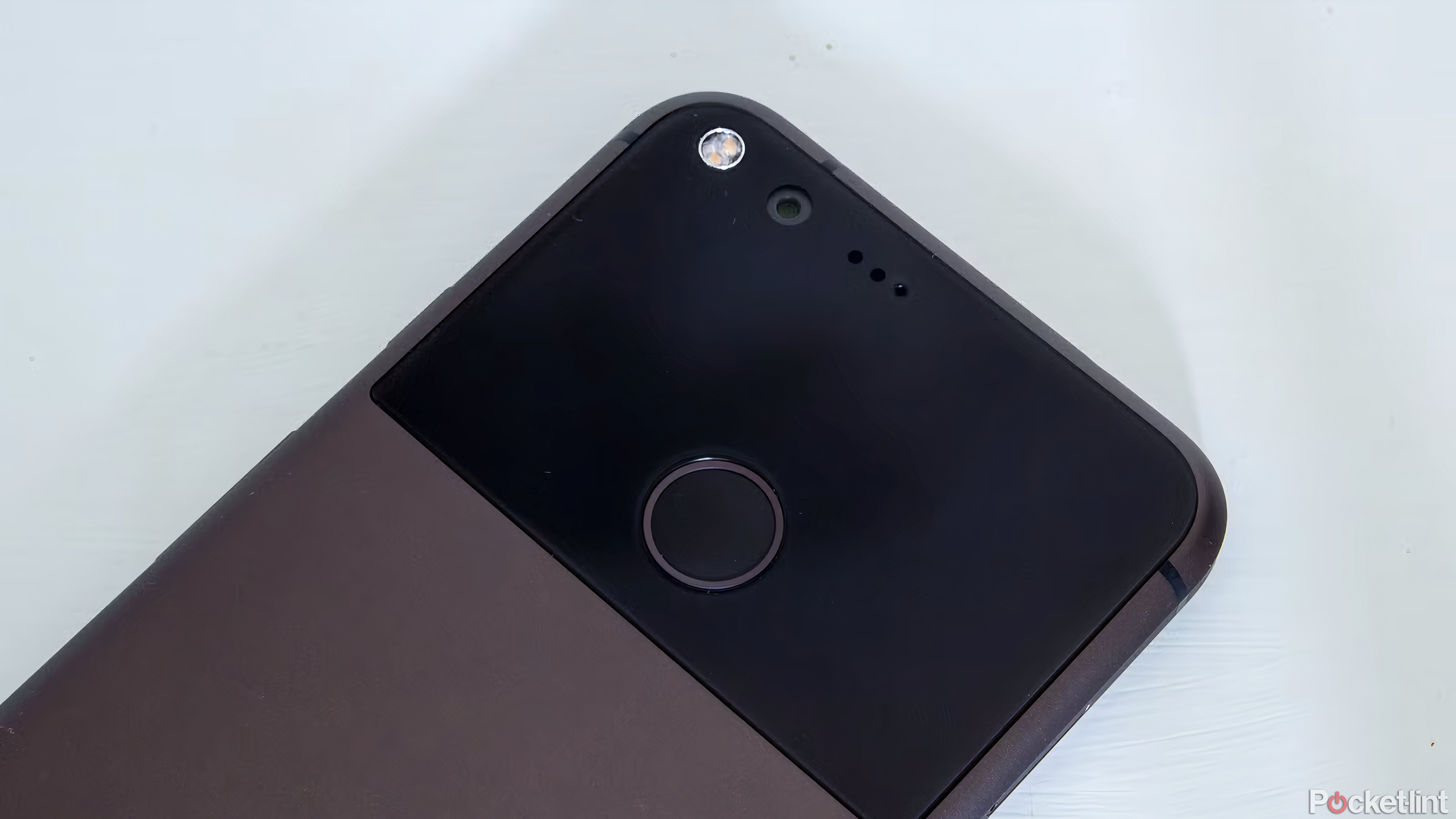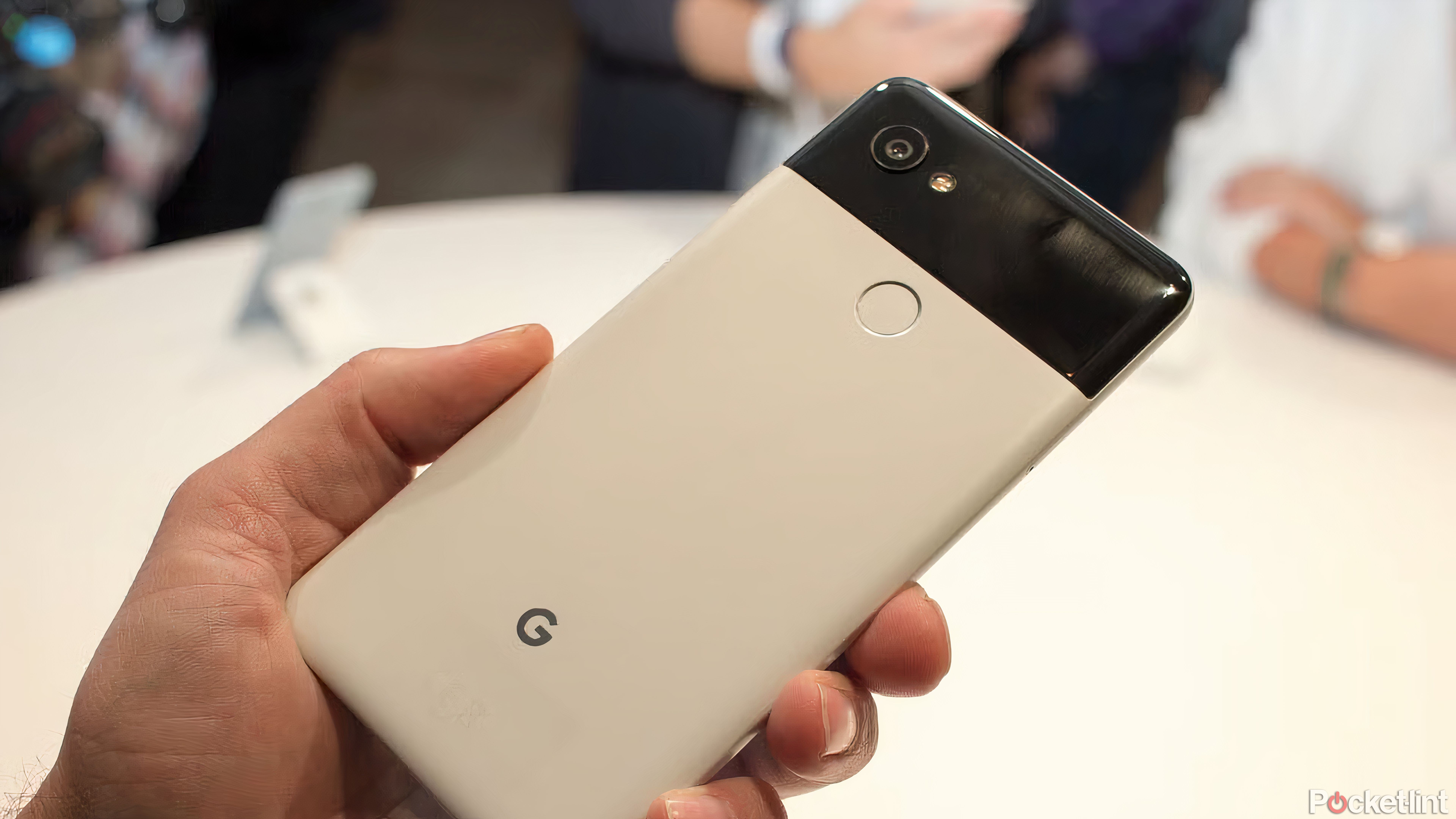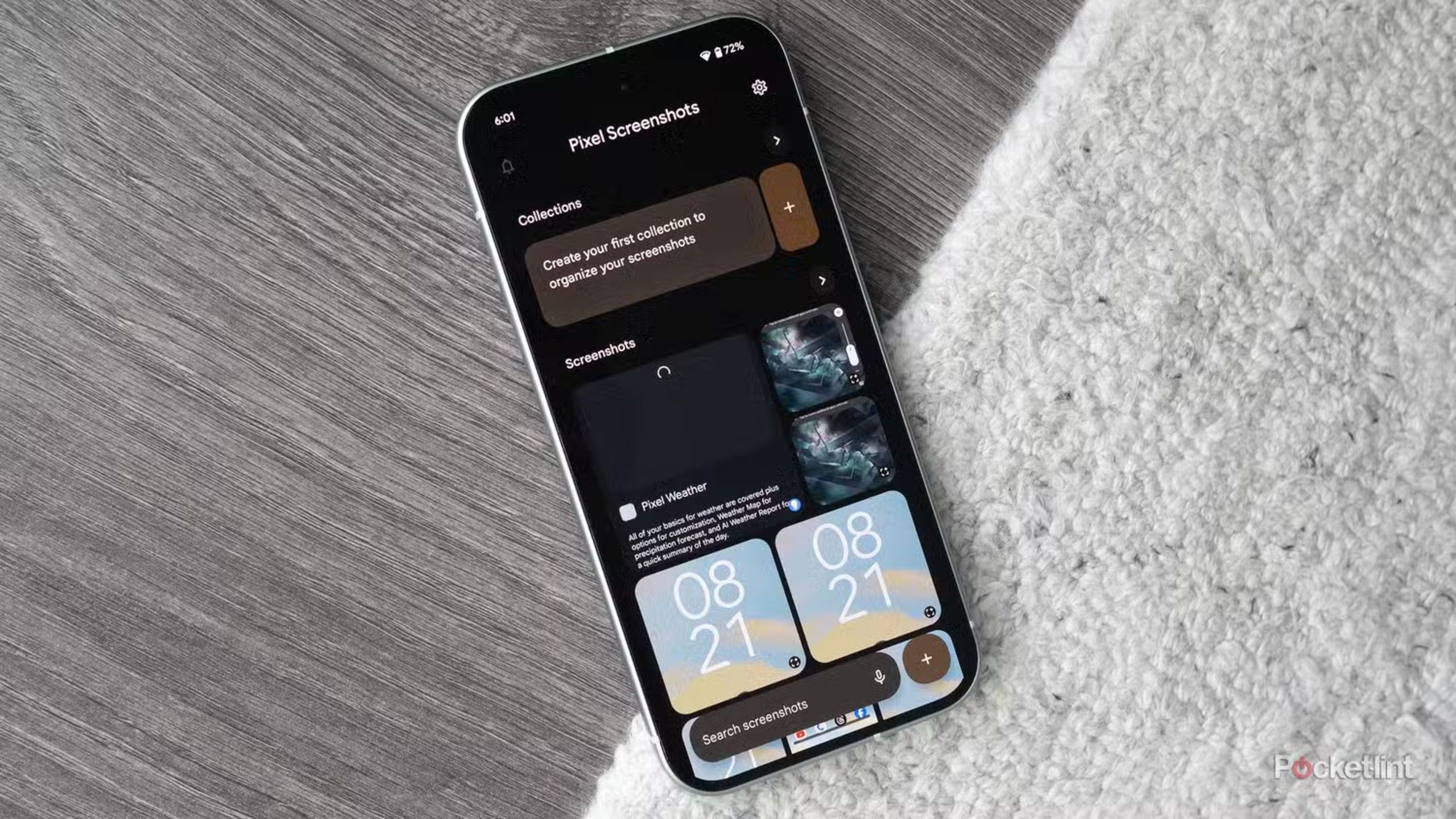This page may contain affiliate links. When you click an affiliate link, we get a small compensation at no cost to you. As an Amazon Associate I earn from qualifying purchases.
Summary
- Google Pixel phones have always offered unique hardware and competitive camera performance.
- The Pixel has been forced to play catch up with Samsung and Apple, but Google did have experience from the Nexus program.
- Google has successfully applied Apple’s holistic approach to product design without losing its quirky spirit.
It’s easy to take Google’s Pixel phones for granted. The search giant’s attempt to go toe-to-toe with Apple and Samsung with custom hardware has never been a breakout success, but it is good. It’s a project Google’s stuck with far longer than others, and it’s also managed to be both aesthetically appealing and genuinely competitive in terms of things like camera performance. That’s not nothing.
With the launch of the Pixel 9a, Google has managed to make a distinct, but understated, budget phone that’s far better than what you can get from most Android phone makers and offers more bang for your buck compared to something like the iPhone 16e. That’s only because of the groundwork the company has been laying since the first Pixel launched in 2016 and the careful balance Google has struck between unique hardware and custom software features. The Pixel has come a long way in less than a decade, but it’s hard to see it until you really lay out all the things Google has tried.
Related
5 reasons budget phones actually rule now
There are increasingly fewer reasons to blow your cash on a top of the line smartphone.
A Google phone, made by Google
Pixels were supposed to go further than the Nexus line
When the Pixel and Pixel XL launched in 2016, Google was coming off of several years of having other people make its smartphones. The Nexus program promised bloat-free Android, faster software updates, and hardware designs that were overseen by Google, but they weren’t Google phones. Whether it was HTC, Samsung, or LG actually making the devices, the most Google-y thing about them was their software. Everything else was heavily influenced by the individual manufacturer.
Nexus devices were an advertisement for stock Android more than anything else. Since the Pixel launched, Google has referred to them as “reference” devices — how an Android phone could look and feel if phone makers put up with less nonsense from phone carriers (and added in less of their own nonsense in the process).
The company could use Apple’s holistic approach to product design, but still offer something that was uniquely Google.
Of course, Android phone makers, and in particular, Samsung, got a lot better at making devices people loved, and Google’s input became a lot less necessary. The motivation for the Pixel came from a different source. Rick Osterloh, Google’s senior vice president of hardware and services and a Motorola veteran, the The Verge in 2016 that there was a realization at the time that “the innovation that [Google] wants to do now ends up requiring controlling the end-to-end user experience.” Not just making a clear version of Android, but creating custom hardware to run it.
In 2016, that meant creating a smartphone that could sell Google Assistant, then computational photography, and now the many possibilities Google believes generative AI and Gemini could unlock. Even if the original Pixel and Pixel XL still came up short sale-wise compared to the iPhone 7 (a device that was already poorly received because of its lack of a headphone jack) Google was on to something. The company could use Apple’s holistic approach to product design, but still offer something that was uniquely Google.

Related
Remember when Google’s Nexus 5 turned the Android world on its head?
Back in 2013, Google teamed up with LG to release the Nexus 5 — the phone would briefly go on to set the Android world ablaze.
Camera bars, fun colors, and custom chips
Google didn’t sacrifice fun for performance
At first blush, the original Pixel looked a lot like an iPhone from the front. It’s unavoidably a black rectangle like everyone else’s black rectangle. But turn around the back, and you can see the start of the hardware path Google’s followed since: bold colors, unique shapes, and generally playful perspective. The company’s modern phones look positively weird compared to the smartphones that dominated the field back in 2016, and the fact that things have changed for the better is thanks in part to Google pushing the envelope.
The company has again and again leaned into a sense of organic weirdness, with colors and finishes — who could forget the “panda” Pixel 2 XL — and prominent smartphone features, like the “camera bar” that’s been a part of every Pixel, save the Pixel 9a, since the introduction of the Pixel 6. For some comparison, it took Apple a decade to finally dramatically reinterpret the iPhone, its silhouette, and how it works with the iPhone X in 2017. Google got to the same point in five years with the Pixel 6.
The company has done more than just speed-run its design sensibilities, though, it’s also deliberately chosen a different way to approach its phone’s technical specs. Early Pixels weren’t powerhouses in terms of speed or raw camera specs, but Google made up the difference with software. With a single lens and sensor, the company has been able to simulate different types of lenses and exposures, and create images that technically shouldn’t be possible with the hardware inside the phone. Google’s done the same thing with more mixed results with its Tensor chips, which aren’t the fastest out there, but are uniquely suited to handle the software skills the company designed.
Some hardware experiments have failed, like the Pixel 4’s ill-conceived gesture controls, but in general, Google has found a way to be increasingly competitive with Samsung and Apple despite having a lot less time to figure things out, and in some cases, using far less powerful hardware.
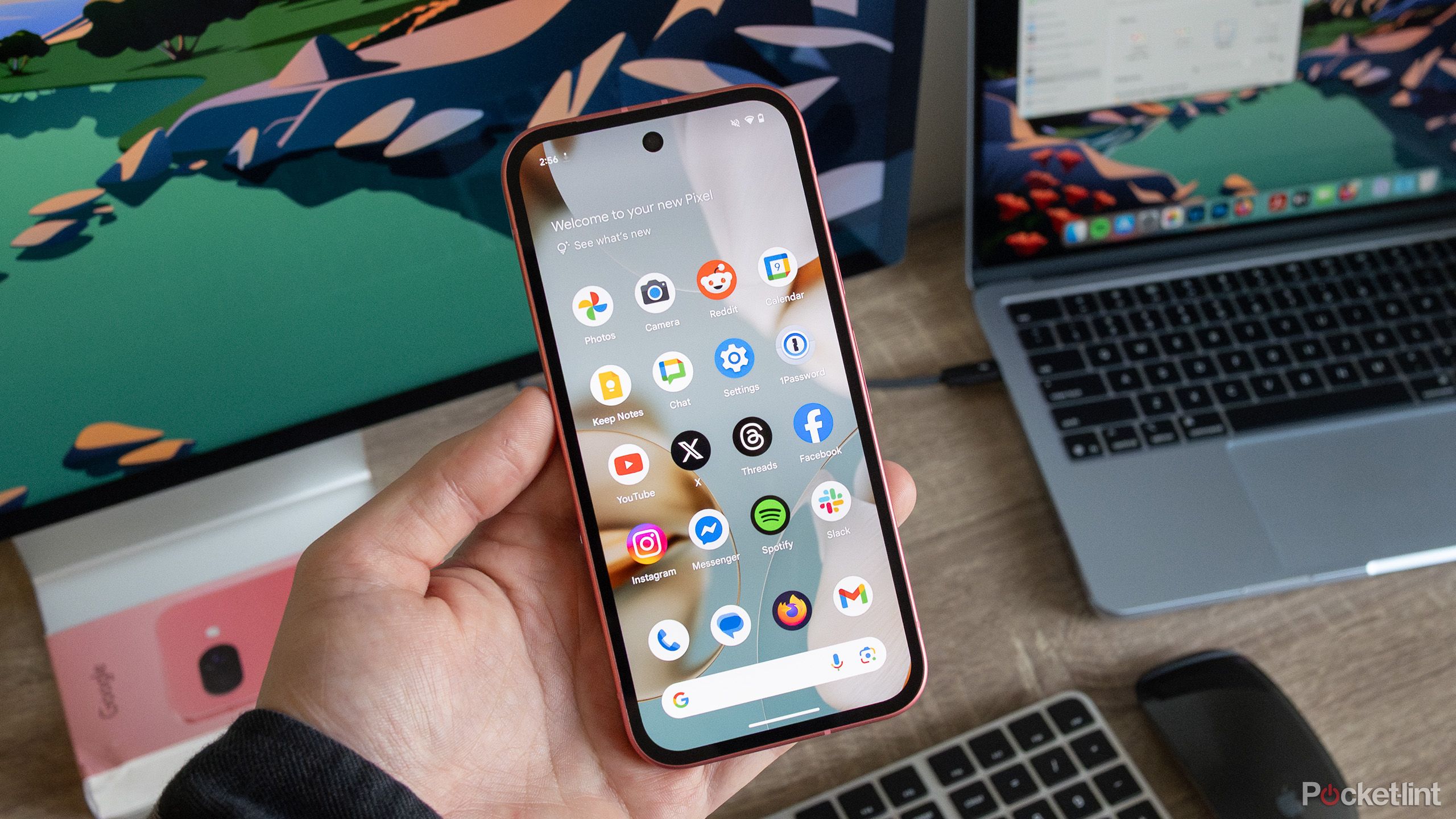
Related
The Pixel 9a is so much better than the iPhone 16e, it’s not even close
As far as 2025 mid-range smartphones go, the Pixel 9a beats the competition by a significant margin.
The Google Software Magic
You buy a Pixel because it can do things other phones can’t
The true selling point of a Pixel phone is software, and Google has done a lot to differentiate its phones over the years. At the very least, the Pixel is the first to receive exciting new Android features, but the phone has exclusive features, too.
Initially, the Pixel was a vehicle for Google Assistant, the voice interface the company used to pitch as the future of search, but Pixels have gotten a wide variety of features since then, like Astrophotography for taking pictures of the stars and Top Shot, which selects the “best” photo from a burst of separate shots. There have also been more practical features, like Hold For Me, which sits on hold for you while you do other things, Direct My Call, which lets you navigate phone trees by touch rather than your keypad, and Google’s suite of Duplex features, which can make appointments and reservations for you. Exclusive apps shouldn’t be ignored, either, like Pixel Screenshots, which lets you organize and index any screenshots you’ve captured on your phone, and Pixel Recorder, by far one of the best audio recording and transcribing apps available for “free.”
Because Google maintains the larger Android operating system, Pixel phones have never felt “behind” other smartphones and, since the company always tries to pack in new features, Google’s smartphone has also felt ahead. It helps that Google doesn’t stick to an annual update cycle. The company’s system of mid-cycle software updates through Pixel Drops, which have helped improve the phone over time in a way Apple historically hasn’t done with the iPhone until very recently.
The delays in Apple’s rollout of Apple Intelligence have prompted the company to release software updates with new features more regularly.
The Pixel has been nurtured for nearly a decade

Related
Nexus 7 Pixel edition: it’s time for Google to resurrect the greatest tablet ever
Back in 2012, Google teamed up with Asus to launch the Nexus 7, a mini Android tablet – today, I’m still holding out hope for a Pixel Tablet Mini.
Google actually committed to something
It’s not controversial to say that the Pixel 9 is as good as the iPhone 16 or Galaxy S25, and importantly, it feels more fun than those phones, too. Google’s Pixel line has had its ups and downs, but it’s been worth it, and likely not cheap for Google to pull off. If you’re interested in the entire timeline of the Pixel series, Pocket-lint has an article for you, and if you’re interested in Android phones in general, you should check out Pocket-lint’s guide to buying the best one for you.
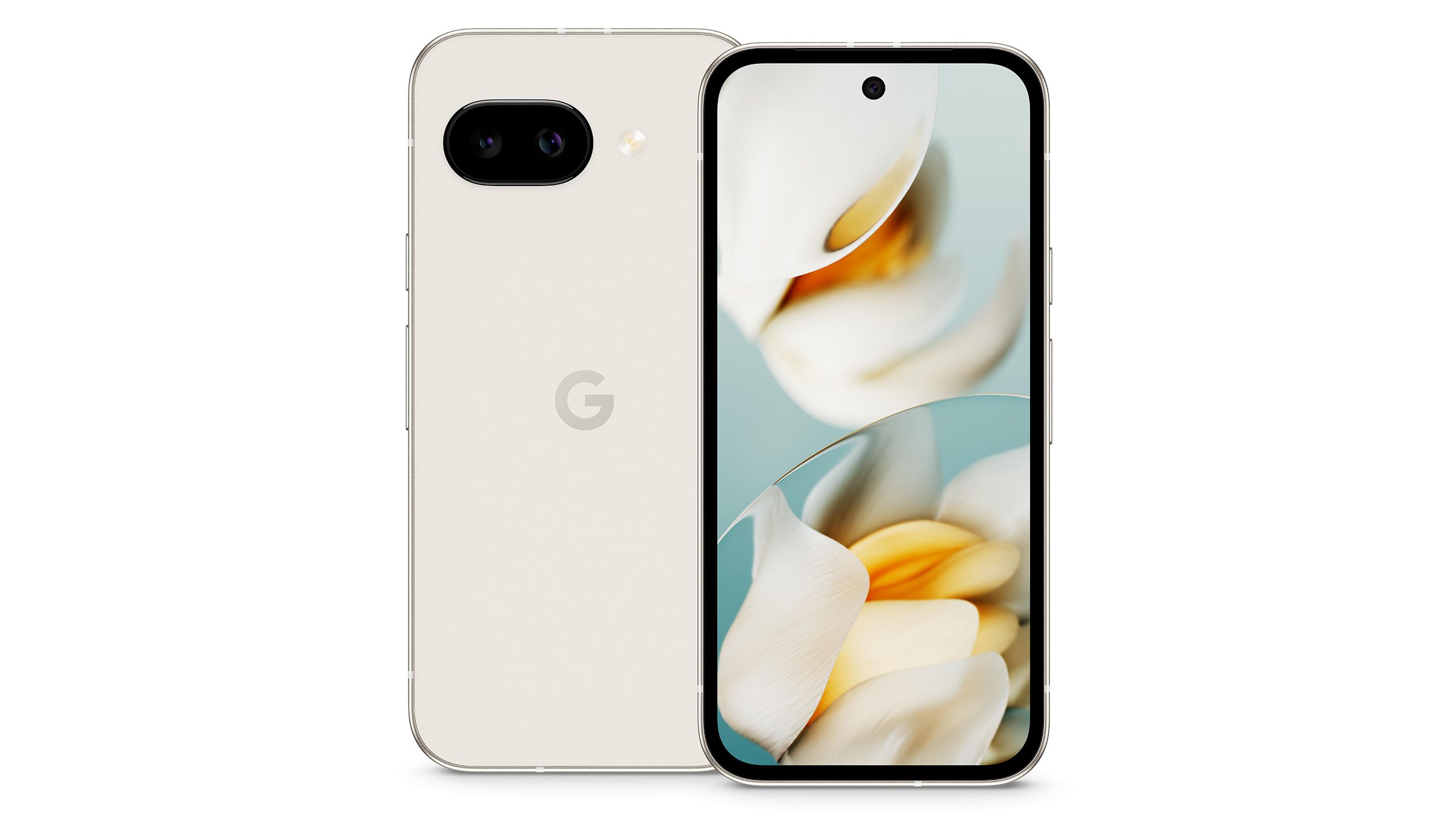
Pixel 9a
Google’s mid-range Pixel 9a offers impressive high-end features like a 48-megapixel main shooter, a 13-megapixel ultrawide camera with macro, its Tensor G4 chip, and 8GB of RAM, all in a cost-effective $500 package.

